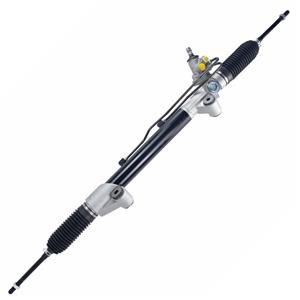What happens if I don't have enough power steering fluid?
Hydraulic power steering is a technology commonly used in modern cars. It provides drivers with additional steering assistance through hydraulic pumps and power steering fluid, making the steering of the vehicle easier and more precise. However, as a key medium in the hydraulic system, insufficient power steering fluid will directly affect the normal operation of the system and may cause a series of steering problems.
In this article, we will take a deep look at the various symptoms caused by insufficient power steering fluid in the hydraulic power steering system and analyze the reasons behind these symptoms.
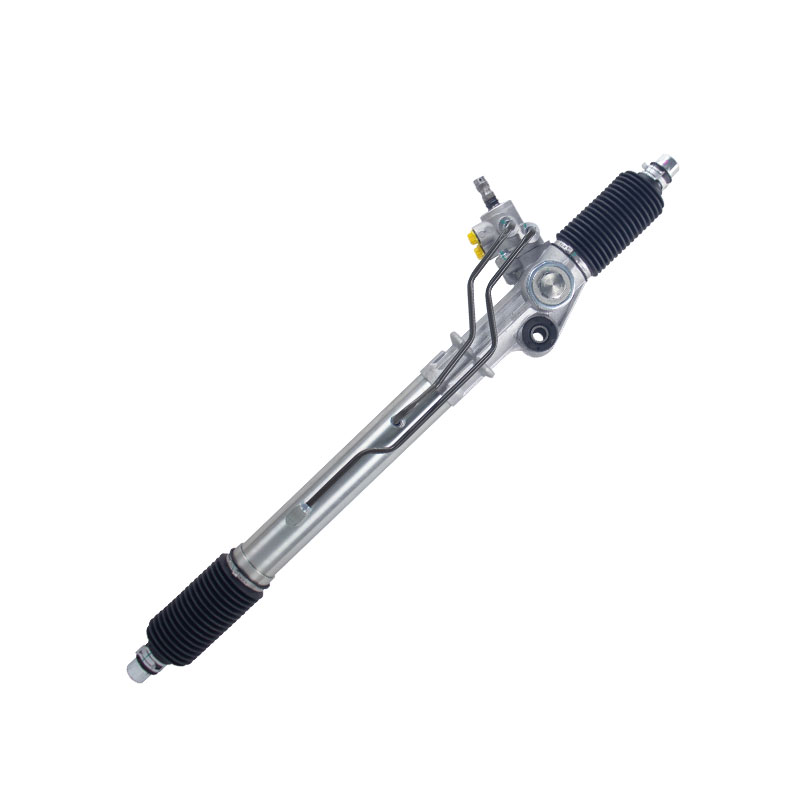
What does power steering fluid do?
To understand the symptoms of insufficient power steering fluid, you first need to understand the role of power steering fluid in the entire hydraulic power steering system. Power steering fluid is the transmission medium in the hydraulic system. The hydraulic pump pressurizes the fluid and delivers it to the steering cylinder to provide assistance for steering operations. If the power steering fluid is insufficient, the hydraulic pump will not be able to provide enough pressure, resulting in a reduction in steering assistance.
Secondly, power steering fluid also has a lubricating effect. It can reduce friction between components such as the hydraulic pump, the power cylinder and the rack, and reduce wear on the system. If the power steering fluid is insufficient, the lubrication effect will be weakened, which may cause excessive wear on system components. In addition, the hydraulic power steering system generates heat when it is running, and the power steering fluid has a certain cooling function, which can help the system maintain a normal operating temperature. If the fluid is insufficient, the system temperature may rise, which will affect the performance and life of the system.
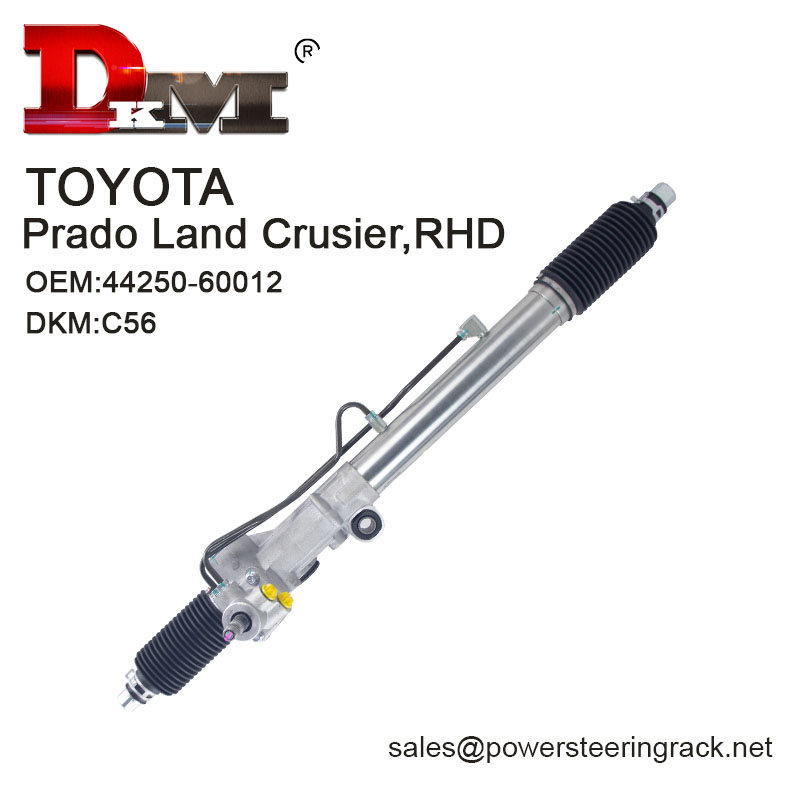
What happens if my power steering fluid is insufficient?
Insufficient power steering fluid can cause a series of symptoms that not only affect the driving experience, but may also endanger driving safety. The following are the most common manifestations of insufficient power steering fluid in a hydraulic power steering system:
Heavy or difficult steering
The core function of the power steering system is to provide power for steering operations, allowing the driver to easily turn the steering wheel. If the power steering fluid is insufficient, the system cannot provide enough hydraulic power assistance, and the driver will find that the steering wheel becomes unusually heavy, especially when turning at low speeds. This symptom is caused by the hydraulic pump not being able to generate enough pressure when the fluid is insufficient, resulting in a significant reduction in steering assistance.
Increased steering system noise
When the power steering fluid is insufficient, air may be mixed into the hydraulic system, causing the hydraulic pump to make abnormal noises when it is running. These noises are usually manifested as sharp hissing or whistling sounds, which are more obvious when turning the steering wheel. This is because cavitation occurs when air is compressed in the hydraulic system and flows through the pipes, causing noise. If this state is maintained for a long time, the hydraulic pump may be damaged prematurely due to the harsh working environment.
Steering wheel shake or instability
Insufficient power steering fluid may also cause the steering wheel to shake or be unstable when turning. This is because the hydraulic system cannot maintain stable pressure, resulting in uneven power output, which affects the stability of the steering wheel. This shake is usually most obvious when driving at low speeds or when the vehicle is stopped, especially when making subtle adjustments to the direction, the driver can clearly feel the abnormal vibration of the steering wheel.
Hydraulic pump overheating
Insufficient power steering fluid can cause the hydraulic pump to overwork, thereby generating excessive heat. In the case of insufficient fluid, the hydraulic pump requires higher power to try to maintain the pressure of the system, which increases the workload of the pump and causes its temperature to rise. If the problem is not solved in time, the hydraulic pump may be damaged due to overheating, further affecting the operation of the entire steering system.
Hydraulic oil tank level warning light is on
Some vehicles are equipped with a power steering fluid level monitoring system. When the fluid level is below the safety line, the hydraulic oil tank level warning light on the dashboard will light up to remind the driver that the power steering fluid is insufficient. At this time, the driver should immediately check the power steering fluid level and refill it to prevent further damage to the system.
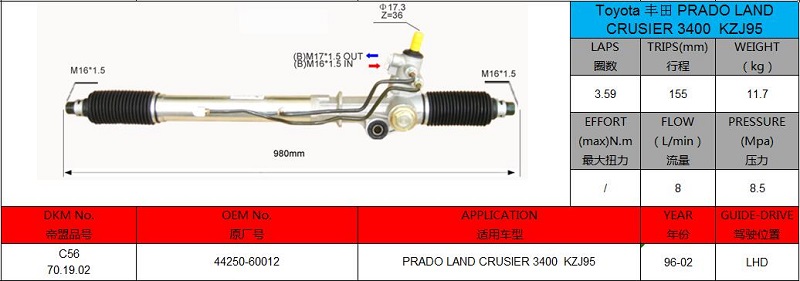
What is the cause of insufficient power steering fluid?
The most common cause of insufficient fluid in a hydraulic power steering system is leakage. Damage to the seals of hydraulic lines, joints, booster cylinders or hydraulic pumps can cause fluid leakage. This leakage usually manifests as oil stains on the bottom of the vehicle or a continuous decrease in the fluid level in the hydraulic oil tank. If the leak is not repaired in time, the fluid in the system will gradually decrease, eventually leading to insufficient power steering fluid. But sometimes, insufficient power steering fluid is not due to system leakage, but because the cap of the hydraulic oil tank is not tightened, causing the fluid to evaporate or overflow. Although this situation is relatively rare, you should pay attention to checking the sealing of the hydraulic oil tank during regular maintenance to ensure that the fluid is not reduced due to external factors.
Secondly, as the vehicle ages, the hydraulic lines may age or crack, which may lead to fluid leakage. Especially in hot or cold environments, aged lines are more likely to break or develop tiny cracks, which may cause chronic loss of power steering fluid. In addition, although the consumption of power steering fluid is usually small, the fluid may be naturally consumed through the tiny gaps in the seals over time. Therefore, it is recommended to check the fluid level of the hydraulic tank regularly and replenish it as needed.
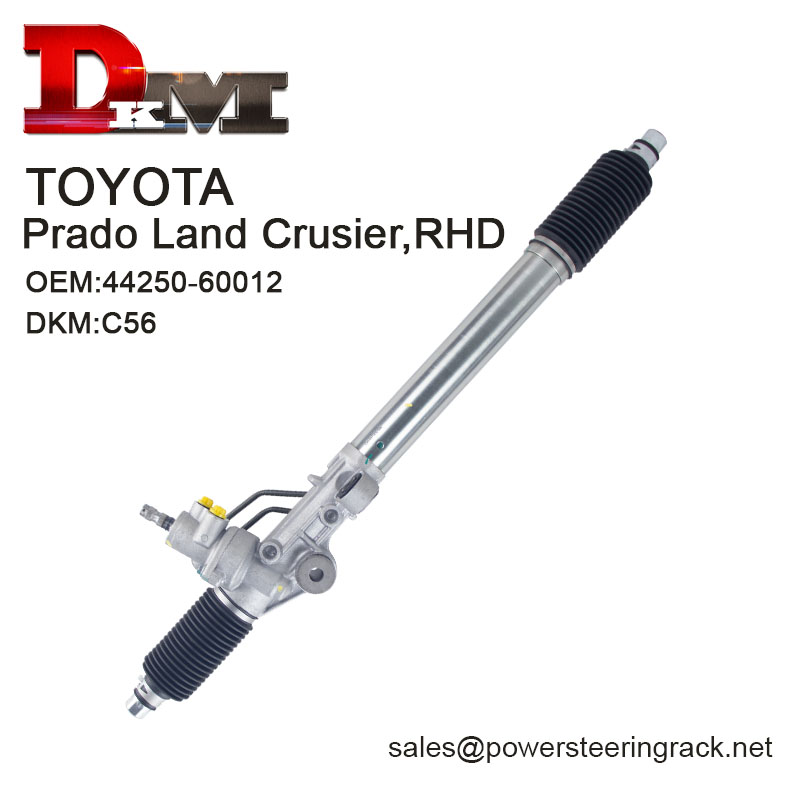
How to deal with insufficient power steering fluid?
When symptoms such as heavy steering or steering wheel shaking are found, the power steering fluid level should be checked first. If the fluid level is below the safety line, the appropriate amount of power steering fluid should be added immediately. Different models may have different requirements for power steering fluid, so the type of fluid recommended by the vehicle manufacturer should be used. After replenishing the power steering fluid, if the fluid level drops again in a short period of time, it may be due to a leak in the system. At this time, the sealing of the hydraulic lines, joints, power cylinders and hydraulic pumps should be carefully checked to find possible leaks. If you cannot check or repair it yourself, it is recommended to go to a professional repair agency for inspection and repair as soon as possible.
In addition, to avoid various problems caused by insufficient power steering fluid, it is recommended that car owners regularly maintain and inspect the hydraulic power steering system. This includes checking the fluid level of the hydraulic oil tank, observing whether the color and smell of the fluid are normal, and checking whether the various components of the system have signs of aging or damage.
Summary
Power steering fluid plays a vital role in the hydraulic power steering system. Insufficient fluid can cause a series of steering problems, including heavy steering, increased noise, and steering wheel shaking. These symptoms not only affect the driving experience, but may also endanger driving safety. Therefore, understanding the common symptoms of insufficient power steering fluid and the corresponding countermeasures is of great significance for maintaining the normal operation of the vehicle's steering system.
Timely inspection and replenishment of power steering fluid and regular maintenance of the steering system are the key to ensuring the long-term and stable operation of the hydraulic power steering system. Through these measures, car owners can effectively prevent potential problems caused by insufficient power steering fluid and ensure that every drive can be easy and safe.


